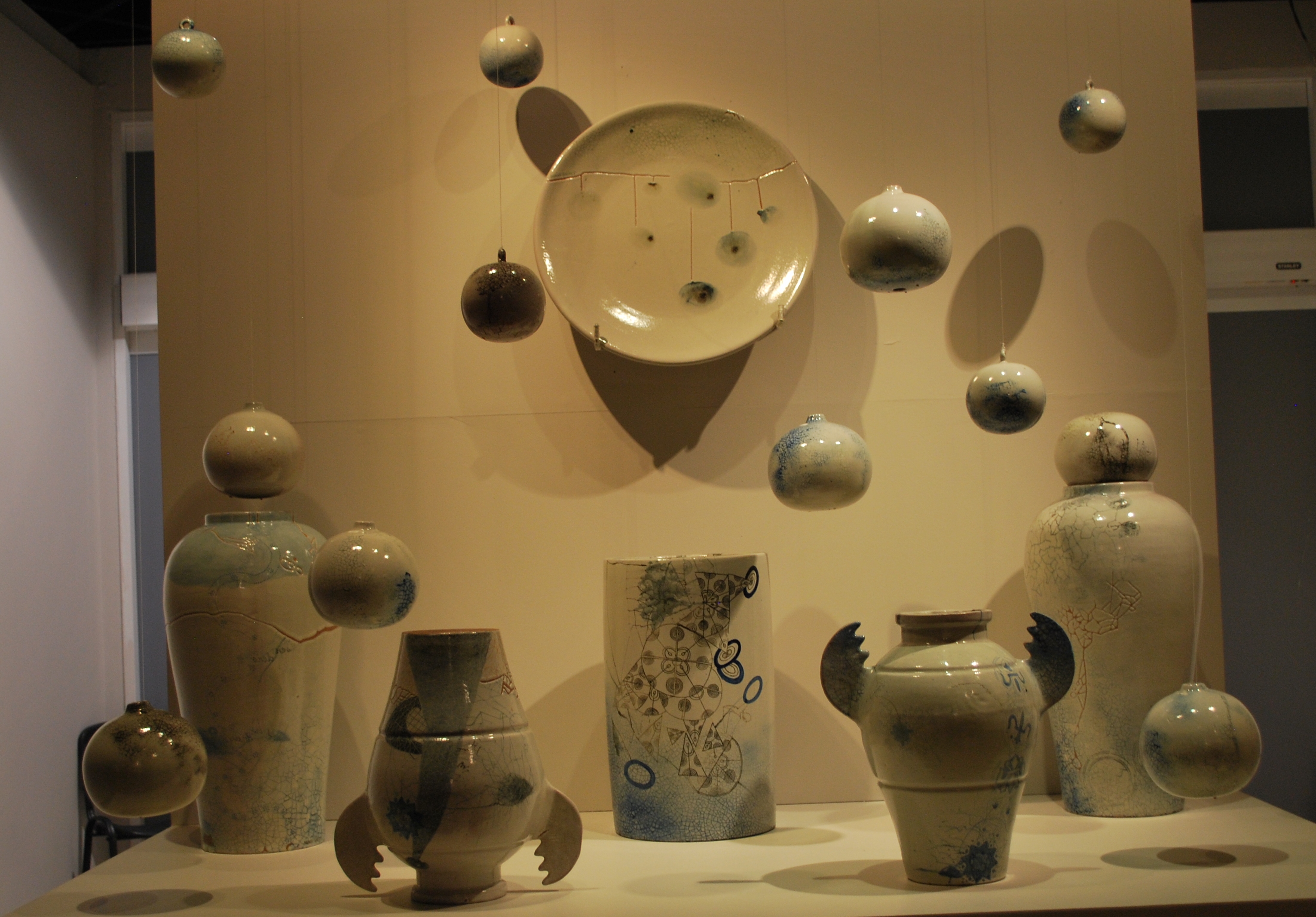|
Bio-Arte
''Bio-Arte'' is a feminist art collective, made up of the artists Nunik Sauret, Laita, Roselle Faure, Rose Van Lengen and Guadalupe García. It was founded in September 1983, with its first exhibition taking place at the Museo Nacional de Arte during the colloquium "Bordando sobre la escritura y la cocina" (Embroidering on writing and cooking). Context of Emergence Bio-Arte, among other contemporary Mexican art collectives, developed in the 1970s continuing into the 1980s, within a social and artistic period known as "Los grupos" or "Generación de los Grupos,” proclaiming itself the antithesis of the Ruptura movement from the 1950s. After 1968, some younger artists and their artistic production were characterized by a demonstration of opposition to the governmental regime and the artistic system, in an effort to make art public and liberal. In 1977, Helen Escobedo selected various groups to represent Mexico at the X Bienal de jóvenes (X Youth Biennial) in Paris. Upon her r ... [...More Info...] [...Related Items...] OR: [Wikipedia] [Google] [Baidu] |
Tlacuilas Y Retrateras
Tlacuilas y Retrateras was one of the first feminist art collectives in Mexico. It was founded in May 1983 by Ruth Albores, Consuelo Almeda, Karen Cordero, Ana Victoria Jiménez, Lorena Loaiza, Nicola Coleby, Marcela Ramírez, Isabel Restrepo, Patricia Torres and Elizabeth Valenzuela based on a feminist art workshop taught by Mónica Mayer at the Academia de San Carlos, National School of Plastic Arts ( UNAM). The name of the group refers to the Nahuatl tradition of tlacuilos: men and women who, under the protection of the Goddess Xochiquetzal, “focused on the expression and interpretation of the universe of beliefs that ancient peoples held about time, space, their history and knowledge,” that were represented in murals and codices. In 1984, the Tlacuilas y Retrateras collective separated shortly after presenting their controversial work ''La fiesta de XV años''. Context The social movements and revolutionary ideas that swept through the world during the 1960s and 1 ... [...More Info...] [...Related Items...] OR: [Wikipedia] [Google] [Baidu] |
Nunik Sauret
Nunik Sauret (born May 12, 1951) is a Mexican printmaker. Born in Mexico City, Sauret studied at the Escuela Nacional de Pintura, Escultura y Grabado "La Esmeralda" in her native city. Sauret was trained in the techniques of Japanese printmaking and graphics under prominent teachers: Kobayashi Keisei, Tatsuma Watanabe, and Kuniko Satake. In 1976 she became a member of the Taller de Grabado del Molino de Santo Domingo, an engraving workshop that was founded in the oldest flour mill in North America. She has created drawings and paintings, but is known mostly for her work as a printmaker; techniques which she has used include etching, drypoint, aquatint, mezzotint, and engraving. She has also taught, her pupils including Eva Laura Moraga. Sauret is a feminist artist who has shown work with the Polvo de Gallina Negra Polvo de Gallina Negra ''(in Spanish: Black hen powder)'' was a collective founded by Mexican visual artists Maris Bustamante and Mónica Mayer in 1983, the fir ... [...More Info...] [...Related Items...] OR: [Wikipedia] [Google] [Baidu] |
